In New York, there are different types of mass torts, generally categorized based on the nature of the harm and the source of liability. The main types include:
- Product Liability Mass Torts
- Pharmaceutical and Medical Device Mass Torts
- Toxic Torts
- Environmental Mass Torts
- Disaster-Related Mass Torts
- Consumer Fraud and Data Breach Mass Torts
What Is a Mass Tort?

A mass tort is a civil action involving numerous plaintiffs against one or more corporate defendants. Unlike a class action, where plaintiffs are treated as a single group, mass tort litigation allows each plaintiff to maintain an individual claim, including separate damages and specific facts about how the injury occurred. This makes mass torts ideal for complex cases like product liability where injuries may differ in severity or manifestation
Understanding Product Liability Mass Torts: Legal Action Against Defective Products
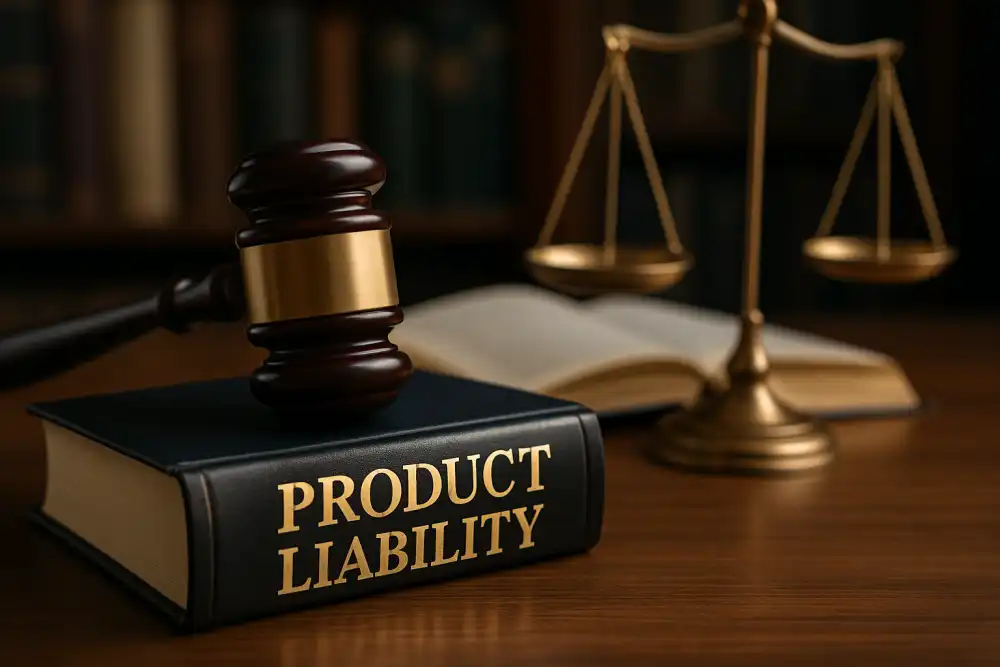
Product liability mass torts are a legal mechanism for holding New York manufacturers, distributors, and retailers accountable when their products cause widespread harm to consumers. These types of claims arise when a defective or dangerous product injures many people, leading to consolidated litigation aimed at compensating victims and enforcing corporate accountability.
At McNeal.law, we provide insight and representation in product liability mass torts, helping clients navigate complex claims involving dangerous pharmaceuticals, defective medical devices, toxic consumer goods, and unsafe commercial products. Here’s what you need to know about how these cases work and what your rights may be if you’ve been affected..
When Does Product Liability Lead to a Mass Tort?
Product liability arises when a product is defectively designed, defectively manufactured, or lacks adequate warnings or instructions. If a large number of consumers suffer injuries from the same defective product, mass tort litigation may be initiated. Common examples include:
- Prescription drugs with dangerous side effects
- Defective medical implants or surgical devices
- Consumer products prone to overheating, breaking, or toxic exposure
- Industrial chemicals that cause long-term health issues
The purpose of consolidating these claims is to efficiently manage discovery, share expert testimony, and increase the consistency of court rulings across similar claims.
Legal Grounds for Product Liability
Plaintiffs in mass tort actions must generally prove one or more of the following:
- Design Defect: The product was inherently dangerous due to its design, even when manufactured correctly.
- Manufacturing Defect: A problem occurred during production, making a specific batch or unit unsafe.
- Failure to Warn: The manufacturer did not provide adequate instructions or warnings about the product’s risks.
In all cases, claimants must show that the defect directly caused their injury or illness. These cases often rely on scientific and medical evidence, expert witness testimony, and internal corporate documentation obtained during discovery.
The Role of Multidistrict Litigation (MDL)
Most mass tort product liability cases are consolidated through multidistrict litigation (MDL). MDL allows federal courts to centralize pretrial proceedings for related cases filed in different jurisdictions. This improves efficiency, reduces court backlog, and avoids conflicting rulings.
After pretrial motions and discovery, cases may be settled in bulk or sent back to their original courts for trial. In some instances, bellwether trials are held to gauge jury response and influence settlement discussions.
Compensation in Product Liability Mass Torts
Damages in product liability mass tort cases can vary significantly depending on the nature of the injury, medical expenses, loss of income, and pain and suffering. In some cases, punitive damages may also be awarded to punish egregious corporate misconduct.
Settlements are typically negotiated based on tiers of injury severity and may involve a structured claims process. Legal counsel is critical in ensuring that each plaintiff receives fair consideration and compensation based on their individual circumstances.
How McNeal.law Can Help
At McNeal.law, we represent clients who have suffered injuries due to defective or dangerous products. Our legal team works closely with medical experts, product engineers, and industry analysts to build strong cases and challenge negligent manufacturers.
We understand the unique challenges of mass tort litigation—balancing efficiency with personalized representation—and provide aggressive advocacy from case intake through resolution. Whether you were injured by a recalled medical device, contaminated product, or hazardous material, we’re here to help.
Take Action Today
If you or a loved one has been harmed by a defective product, you may be entitled to compensation through a mass tort action. Don’t wait—evidence can degrade, and filing deadlines may apply. Visit or contact us today to schedule a free consultation and discuss your legal options.
Pharmaceutical and Medical Device Mass Torts: Legal Rights for Injured Patients
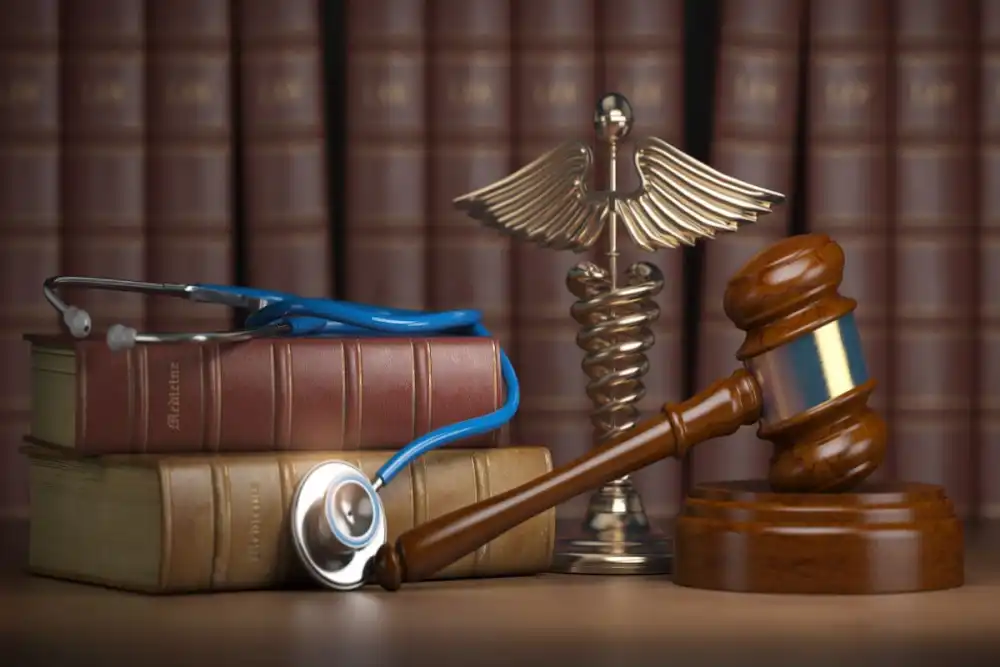
Pharmaceutical and medical device mass torts arise when defective drugs or medical products cause widespread harm to patients. These legal actions are designed to hold manufacturers accountable for injuries caused by unsafe products that were improperly tested, defectively designed, or marketed without sufficient warnings. If you’ve suffered adverse effects from a medication or medical device, you may be entitled to compensation as part of a mass tort case.
At McNeal.law, we advocate for individuals harmed by dangerous medical products. Our attorneys work with medical experts and legal professionals to evaluate claims, navigate multidistrict litigation (MDL), and secure fair settlements for our clients.
What Are Medical Mass Torts?
Medical mass torts involve hundreds or thousands of individuals who have experienced similar injuries from the same pharmaceutical product or medical device. While each person’s experience and injury may differ, the legal claims share common elements and are often consolidated for efficiency.
These cases frequently involve:
- Prescription drugs with undisclosed or understated side effects
- Medical implants or devices that fail or degrade over time
- Products that were rushed to market without adequate clinical testing
- Failure to warn physicians and patients of known risks
Mass tort litigation allows each plaintiff to present their individual damages while benefiting from shared discovery and consolidated legal proceedings.
Common Examples of Pharmaceutical and Device Mass Torts
Numerous high-profile cases have shaped this area of law. Examples include:
- Opioid litigation for addiction and overdose risks
- Blood pressure medications contaminated with carcinogens
- Defective hip replacements and surgical mesh implants
- Birth control devices linked to stroke or blood clots
- Insulin pump failures or contamination
Each case typically reveals systemic failures—either in product design, manufacturing, testing, or corporate decision-making. Legal action helps compensate victims while pressuring companies to improve safety standards.
The Legal Process for Filing a Claim
To pursue a pharmaceutical or medical device mass tort claim, injured individuals must demonstrate:
- Use of the specific drug or device in question
- Injury or medical complications caused by the product
- A timeline showing that the product use preceded the injury
- Confirmation from medical records or expert evaluation
Claims are often filed in federal court as part of an MDL proceeding. This centralizes pretrial litigation and allows for coordinated discovery, expert testimony, and legal rulings. Each individual case is still evaluated separately for damages and outcomes in the State of New York.
Types of Compensation Available
Victims of defective medical products may be entitled to:
- Reimbursement for medical bills and ongoing treatment
- Compensation for lost income or reduced earning capacity
- Pain and suffering
- Wrongful death benefits for surviving family members
- Punitive damages in cases of gross negligence or misconduct
The value of each claim depends on the severity of the harm, extent of medical treatment, and long-term impact on the victim’s life.
How McNeal.law Supports Mass Tort Clients
McNeal.law provides dedicated representation for individuals harmed by pharmaceutical drugs and medical devices. Our legal team works with national experts, gathers comprehensive medical records, and advocates for your rights at every stage of the process.
We understand the personal toll these injuries can take and ensure that each client receives compassionate guidance along with strong legal advocacy. Whether you’re one of many affected by a national recall or your case is just emerging, we’re ready to fight for the justice and compensation you deserve.
Start Your Claim Today
If you’ve suffered serious side effects or complications from a prescription drug or medical device, don’t wait. Your case may be eligible for mass tort compensation, but deadlines apply.
Toxic Torts: Legal Recourse for Exposure to Harmful Substances
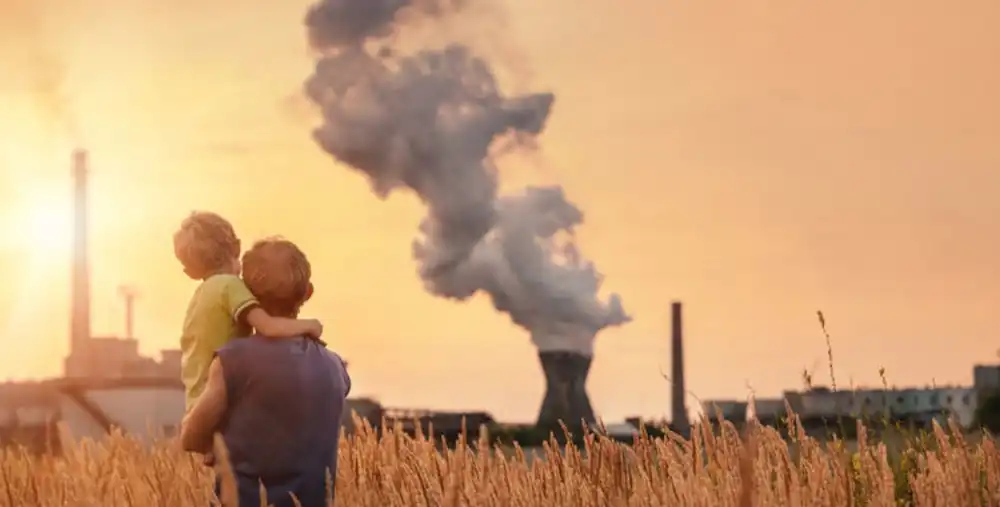
Toxic torts are civil claims brought by individuals who have been harmed through exposure to dangerous chemicals or toxic materials from the Hudson Valley or in Manhattan. These cases often involve exposure in the workplace, at home, or through environmental contamination. When exposure leads to serious illness or long-term health consequences, affected individuals may be entitled to compensation under the law.
At McNeal.law, we represent clients who have suffered injury or illness due to toxic exposure. Our legal team is experienced in complex litigation involving hazardous substances, corporate negligence, and environmental violations.
What Is a Toxic Tort?
A toxic tort is a legal claim that arises when a person is exposed to a hazardous substance and suffers injury as a result. These substances can include industrial chemicals, pesticides, asbestos, mold, pharmaceutical compounds, or contaminated groundwater.
Toxic torts differ from general personal injury claims because they often involve scientific and medical evidence to establish a link between exposure and harm. In many cases, the exposure may have occurred years or even decades before symptoms appear, making expert testimony and documentation essential.
Common Types of Toxic Torts
Toxic torts can stem from various sources and circumstances, including:
- Occupational Exposure: Workers exposed to asbestos, silica dust, benzene, or other chemicals without proper protective measures.
- Environmental Contamination: Communities harmed by industrial waste, oil spills, lead-tainted water, or air pollution from nearby factories.
- Pharmaceuticals and Consumer Products: Harmful chemicals found in medications, cosmetics, or cleaning products that cause illness after prolonged use.
- Household Hazards: Toxic mold, lead paint, or radon in residential buildings causing respiratory or neurological problems.
Each case requires a detailed investigation into the source, duration, and impact of exposure.
Establishing Liability in a Toxic Tort Case
To succeed in a toxic tort claim, plaintiffs generally must prove the following:
- The existence of a toxic or hazardous substance
- Exposure to that substance due to another party’s actions or negligence
- A link between the exposure and the injury or illness suffered
- Resulting damages, such as medical bills, lost income, or reduced quality of life
Because these claims are highly technical, they often involve expert testimony in toxicology, medicine, environmental science, and industrial safety standards.
Mass Tort and Class Action Considerations
Toxic torts are frequently filed as mass torts or class actions when a large group of individuals is affected by the same source of exposure. This includes events like groundwater contamination from chemical plants, widespread asbestos exposure, or lead poisoning in a public housing complex.
In such cases, consolidating claims can make the legal process more efficient while still allowing individual plaintiffs to pursue compensation for their specific injuries.
Compensation for Toxic Exposure Victims
Victims of toxic exposure may be eligible for compensation covering:
- Past and future medical expenses
- Lost wages and reduced earning capacity
- Pain and suffering
- Permanent disability or wrongful death
- Punitive damages in cases of gross negligence or willful misconduct
The total compensation will vary depending on the type of toxin, the duration of exposure, and the severity of the injury.
How McNeal.law Can Help
At McNeal.law, we understand the complexity of toxic tort litigation and the serious impact these exposures can have on your health and livelihood. Our attorneys are committed to holding polluters, manufacturers, and negligent parties accountable for the harm they cause.
We partner with scientists, physicians, and environmental experts to investigate the source of exposure, establish liability, and pursue maximum compensation for our clients. Whether you are facing a serious illness due to workplace conditions or community-wide environmental contamination, we are prepared to guide you through every step of your legal journey.
Contact Us for a Free Consultation
If you or a loved one has been harmed by exposure to toxic substances, you may have grounds for a toxic tort claim. Don’t wait—legal deadlines apply, and early action can preserve critical evidence. Visit McNeal.law or contact us today to schedule a free consultation and learn how we can help protect your rights.
Environmental Mass Torts: Legal Action Against Widespread Pollution and Contamination
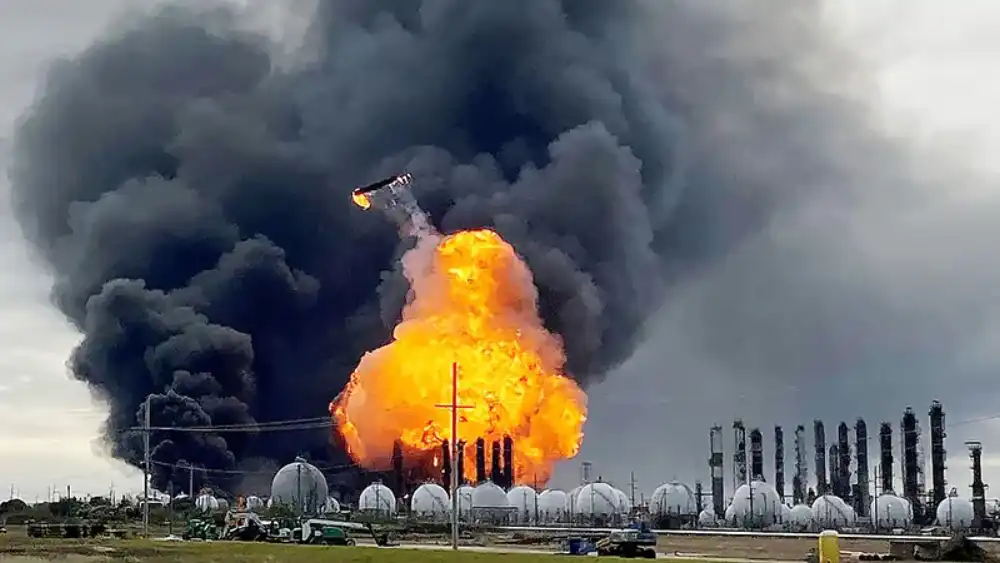
Environmental mass torts in New York arise when pollution or toxic exposure affects large groups of people, often due to corporate negligence or regulatory violations. These cases typically involve harmful substances released into the air, water, or soil, resulting in health problems, property damage, and diminished quality of life for entire communities. When corporations fail to safeguard public health, environmental mass tort litigation becomes a vital tool for justice.
At McNeal.law, we represent individuals and communities harmed by large-scale environmental hazards. Our legal team is experienced in high-stakes litigation involving industrial waste, chemical spills, groundwater contamination, and toxic air emissions.
What Constitutes an Environmental Mass Tort?
An environmental mass tort occurs when a dangerous environmental condition or pollutant causes injury to many individuals in a similar location or from the same source. These torts often result from long-term exposure, accidental releases, or illegal dumping. Because the harm extends beyond one person or household, the claims are grouped into a single legal action to streamline proceedings and address the widespread nature of the damage.
Unlike personal injury claims focused on individual harm, environmental mass torts involve complex issues of causation, regulatory compliance, and collective damages. Cases often rely on scientific data, environmental impact assessments, and expert testimony.
Common Sources of Environmental Torts
Environmental mass torts typically involve corporate or municipal actions that lead to the release of harmful substances into the surrounding environment. Examples include:
- Industrial facilities leaking chemicals into nearby rivers or groundwater
- Waste disposal sites contaminating drinking water supplies
- Power plants emitting hazardous pollutants into the air
- Oil or gas operations causing soil degradation or spills
- Improper storage or transportation of toxic substances
Communities living near these facilities often experience long-term exposure, leading to elevated cancer rates, respiratory conditions, neurological disorders, and other serious illnesses.
Legal Challenges in Environmental Litigation
Successfully prosecuting an environmental mass tort requires establishing a clear link between the pollutant and the harm suffered. Plaintiffs must prove:
- The existence of a hazardous environmental condition
- A causal connection between the condition and the exposure
- That the exposure resulted in identifiable injury or loss
- The party responsible for the contamination acted negligently, recklessly, or in violation of environmental regulations
These cases often require large-scale data collection, geospatial analysis, environmental testing, and medical evaluation. The legal process can be complex and lengthy, but it offers victims a path to meaningful compensation and accountability.
Types of Damages in Environmental Mass Torts
Victims of environmental torts may be entitled to compensation for:
- Medical expenses related to illness or injury
- Property devaluation or loss of use
- Relocation and remediation costs
- Lost income and earning capacity
- Pain and suffering
- Punitive damages for willful or reckless conduct
In some cases, the courts in Hudson Valley or Manhattan may also order injunctive relief to stop ongoing pollution or require cleanup efforts under the oversight of regulatory agencies.
Environmental Justice and Public Health
Environmental mass torts often highlight broader issues of environmental justice. Many affected communities are economically disadvantaged or lack political influence, making them more vulnerable to industrial negligence. Litigation not only compensates victims but also shines a light on systemic failures and pressures government agencies to enforce stricter protections.
At McNeal.law, we are committed to representing the voices of those impacted by corporate pollution. We work to ensure that the powerful are held accountable and that no community is left to suffer in silence.
How McNeal.law Can Help
Our attorneys understand the complexity of environmental law and mass tort litigation. We partner with environmental scientists, engineers, and public health experts to build strong, evidence-based cases for our clients. From initial investigation to court proceedings or settlement negotiations, we provide skilled, determined representation every step of the way.
Whether you’re a homeowner with contaminated water or part of a larger community impacted by industrial waste, McNeal.law is prepared to help you pursue justice and recovery.
Schedule a Free Consultation
If your health, home, or livelihood in New York has been affected by environmental contamination, you may be eligible to join a mass tort lawsuit. Contact our team at McNeal.law for a free consultation.
Disaster-Related Mass Torts: Legal Recovery After Large-Scale Catastrophes
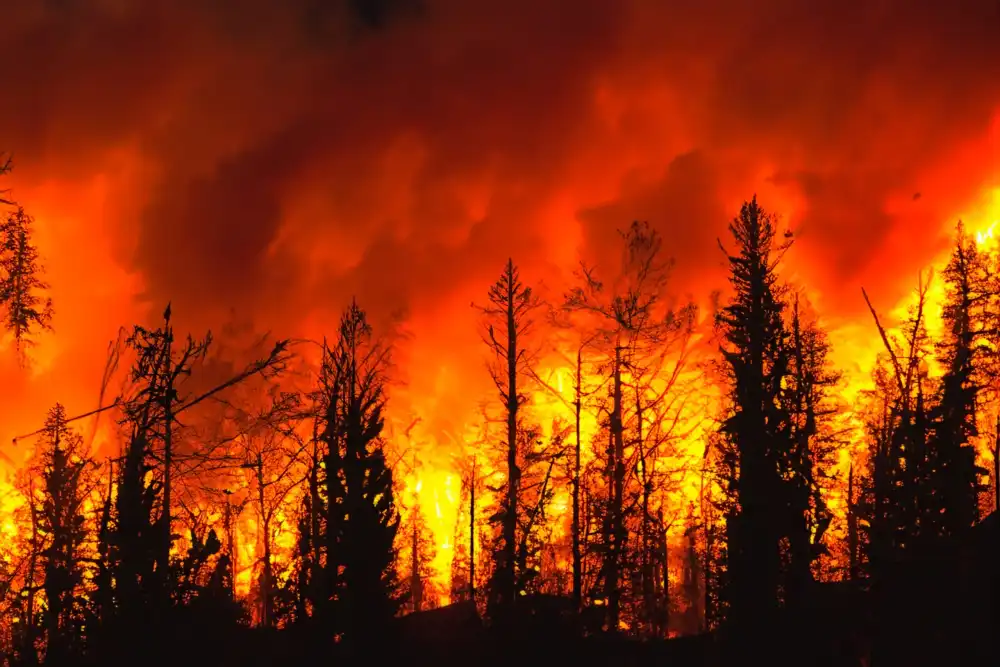
Disaster-related mass torts involve legal claims filed by individuals or groups who have suffered injury, loss, or displacement due to a catastrophic event caused—or worsened—by human negligence. These events may include industrial explosions, train derailments, chemical spills, structural collapses, or wildfires linked to utility companies or regulatory failures. When the fallout from such disasters affects entire communities, mass tort litigation becomes a powerful tool to seek justice and accountability.
At McNeal.law, we represent clients affected by large-scale disasters, helping them navigate the legal complexities of holding corporations and agencies accountable for preventable tragedies.
What Are Disaster-Related Mass Torts?
A disaster-related mass tort is a civil claim involving multiple plaintiffs who have been harmed by the same catastrophic event. Unlike natural disasters, these cases often stem from human error, corporate misconduct, equipment failure, or inadequate safety protocols. When many individuals are injured, displaced, or suffer property damage from a single cause, the legal system allows their claims to be grouped and pursued together.
These mass tort actions differ from class actions in that each claimant maintains a unique claim, allowing for customized assessment of damages based on their personal losses and experiences.
Examples of Disasters That Lead to Mass Torts
Disaster-related mass torts can emerge from a wide range of man-made incidents, including:
- Industrial plant explosions due to unsafe conditions
- Hazardous chemical leaks contaminating air or water
- Wildfires sparked by electrical equipment or utility failures
- Building or bridge collapses caused by negligent construction or maintenance
- Train derailments involving toxic cargo
- Oil pipeline ruptures affecting landowners and local ecosystems
In each of these cases, affected individuals may face severe injuries, long-term health risks, emotional trauma, property loss, and temporary or permanent displacement.
Legal Grounds for Disaster-Related Claims
To pursue a disaster-related mass tort, plaintiffs must show that the responsible party’s negligence, recklessness, or failure to act directly caused or worsened the disaster and led to their injuries or losses. Key legal issues often include:
- Failure to maintain safety standards or equipment
- Inadequate emergency response planning
- Violation of environmental or occupational safety regulations
- Delayed or deceptive public communications
- Prior knowledge of risks with no corrective action
These cases typically involve large volumes of documentation, expert analysis in engineering, toxicology, and fire science, and testimony from emergency response personnel and regulators.
Types of Compensation Available
Victims of disaster-related mass torts may be entitled to a range of compensation depending on the nature and extent of their losses, including:
- Emergency and long-term medical expenses
- Lost income and employment opportunities
- Property damage or total loss
- Temporary housing and relocation costs
- Emotional distress and trauma-related conditions
- Wrongful death benefits for surviving families
- Punitive damages in cases of extreme negligence
Because disasters often impact vulnerable populations, compensation may also include funds for community rebuilding and environmental restoration.
The Importance of Legal Representation
Mass disasters can leave victims feeling overwhelmed, uncertain, and under-informed. At McNeal.law, we believe that strong legal counsel is essential to leveling the playing field. Large corporations and insurers often attempt to minimize payouts or deny responsibility altogether. Our firm ensures your voice is heard, your losses are documented, and your case is presented with precision and urgency.
We coordinate with experienced investigators, forensic experts, and medical professionals to support your claim and fight for the compensation you deserve.
McNeal.law: Advocates for Victims of Disaster In NY
Our attorneys have the skill, resources, and resolve to handle disaster-related litigation involving multiple parties, high-profile defendants, and complex legal frameworks. Whether your case involves an industrial accident, toxic spill, or infrastructure failure, we approach each matter with empathy, tenacity, and a focus on results.
We understand the unique emotional and financial toll disasters bring, and we are committed to helping individuals and communities rebuild their lives through justice and accountability.
Contact Us Today
If you’ve been harmed by a large-scale disaster and believe negligence played a role, don’t wait to seek legal help. The sooner you act, the more effectively we can secure evidence and protect your rights.
Consumer Fraud and Data Breach Mass Torts: Protecting Consumers Against Corporate Misconduct

Consumer fraud and data breach mass torts arise when companies deceive, mislead, or fail to protect the people they serve. These mass torts hold corporations accountable for widespread harm caused by false advertising, deceptive business practices, or failure to secure sensitive consumer information. As digital platforms and financial technologies expand, so does the risk of exploitation—and the legal importance of protecting consumer rights.
At McNeal.law, we help individuals and groups pursue justice in the wake of corporate misconduct, financial deception, and major cybersecurity failures.
What Are Consumer Fraud and Data Breach Mass Torts?
In consumer fraud and data breach cases, the harm may be financial, reputational, or emotional. Unlike isolated personal injury claims, these torts involve systematic misconduct—such as a company misleading thousands of customers or failing to prevent a major cyberattack.
Each plaintiff retains an individual claim, allowing damages to be tailored to the specific losses they suffered, while legal proceedings are consolidated to improve efficiency and consistency.
Examples of Consumer Fraud That May Lead to Mass Torts
Consumer fraud can take many forms, including:
- False advertising or mislabeling of products and services
- Bait-and-switch sales tactics
- Hidden fees or unauthorized charges on consumer accounts
- Financial institutions manipulating loan or insurance terms
- Misrepresentation of product safety or efficacy
If a company’s misleading conduct impacts hundreds or thousands of consumers in a similar way, mass tort litigation may be appropriate to recover compensation and stop the illegal behavior.
Understanding Data Breach Mass Torts
A data breach mass tort occurs when a company fails to safeguard the personal information of its customers, clients, or employees. This can include:
- Unauthorized access to names, Social Security numbers, bank accounts, or medical records
- Exposure of sensitive data due to weak cybersecurity protocols
- Failure to notify affected users in a timely and transparent manner
- Breaches of consumer data sold or exploited on the dark web
Data breach victims often suffer long-term consequences, such as identity theft, credit damage, and emotional distress. When a breach affects a large population, a coordinated legal response becomes critical.
Legal Challenges and Corporate Responsibility
To bring a successful mass tort claim, plaintiffs must typically demonstrate:
- A company’s misrepresentation, omission, or failure to act
- Harm or loss directly resulting from the misconduct or breach
- A consistent pattern of behavior affecting a wide group of consumers
These cases may involve complex forensic analysis, financial records, cybersecurity investigations, and expert testimony. Companies are expected to meet industry standards for data protection and marketing accuracy—and when they fail, they can be held liable.
What Compensation Can Victims Recover?
Victims of consumer fraud and data breaches may be entitled to:
- Reimbursement for financial losses
- Credit monitoring and identity protection services
- Compensation for emotional distress
- Legal costs and statutory damages
- Punitive damages in cases of willful or gross misconduct
The total recovery may vary depending on the scale of the fraud or breach, the nature of the harm, and whether the company attempted to conceal the incident.
Why Legal Representation Matters
New York Corporations have teams of attorneys ready to defend their practices and minimize liability. Victims often feel powerless or unsure of where to turn. That’s where McNeal.law steps in. We advocate for consumers who have been deceived, overcharged, or exposed by companies that put profits ahead of people.
We take the time to evaluate your claim, gather critical documentation, and join forces with other victims to hold companies accountable through coordinated mass tort actions.
McNeal.law: Standing Up for Consumer Rights
At McNeal.law, we believe that no company should be allowed to exploit its customers without consequence. Whether you’ve been misled by a financial institution, overcharged by a subscription service, or harmed by a data breach, our legal team spans the Hudson Valley and Manhattan, and is here to protect your rights and pursue the compensation you deserve.
We are experienced in managing high-volume claims and know how to build strong cases in complex digital and financial contexts.
Contact Us Today
We are experienced in managing high-volume claims and know how to build strong cases in complex digital and financial contexts.
